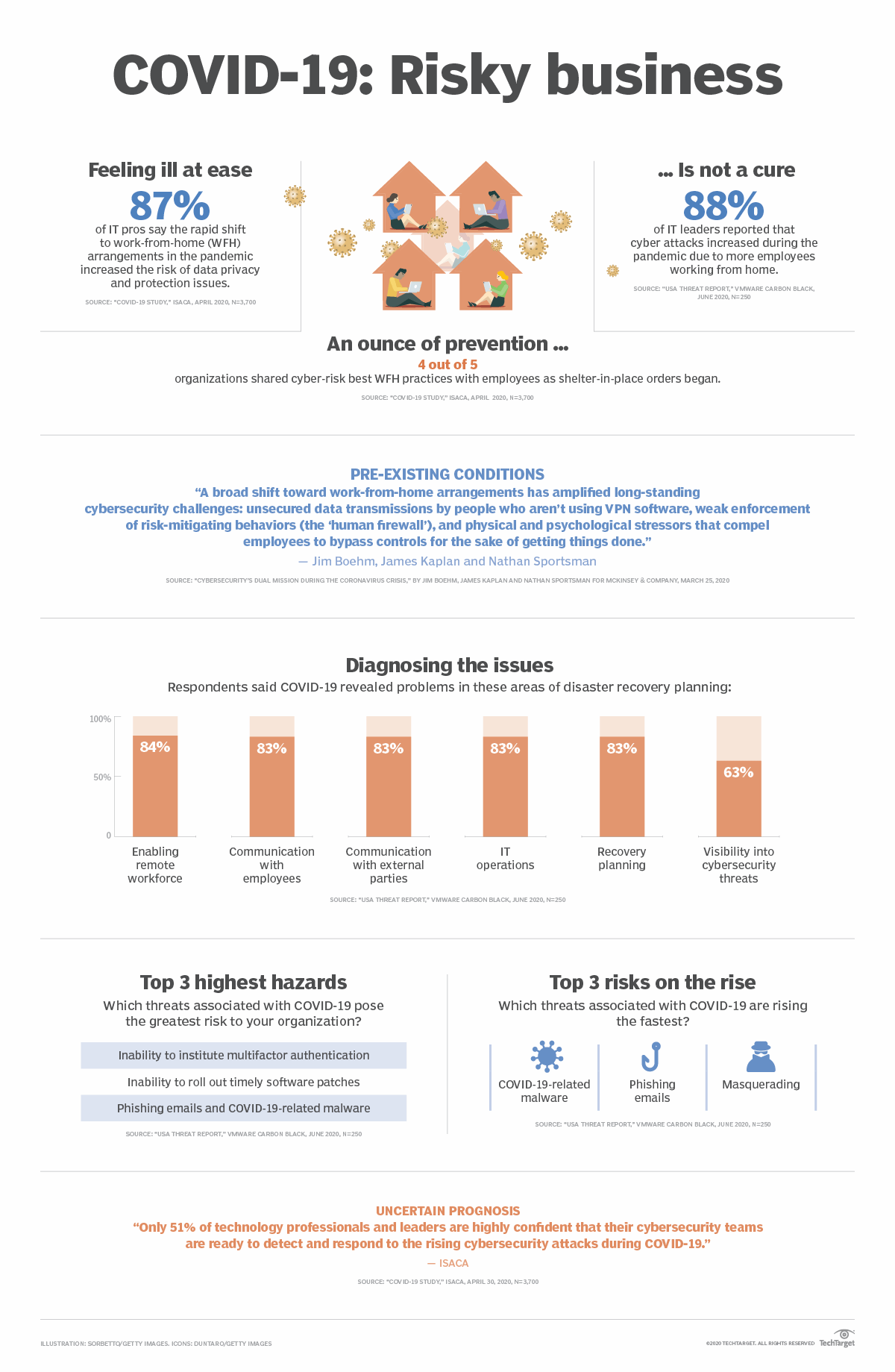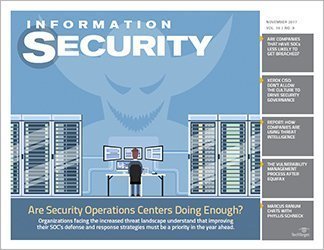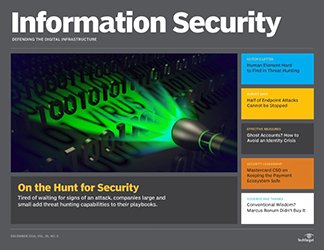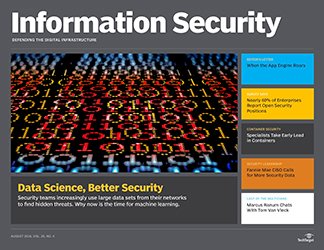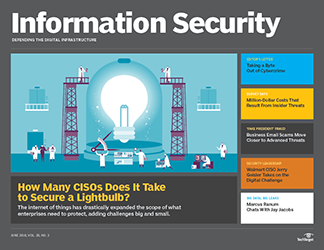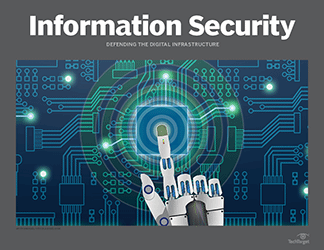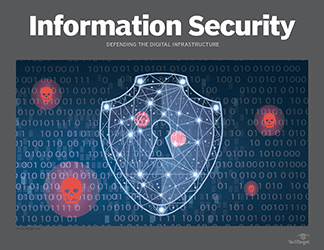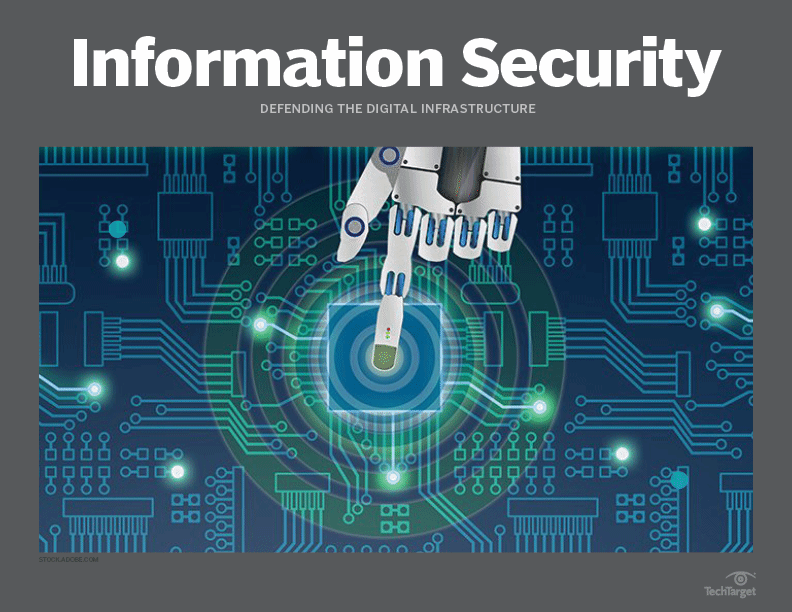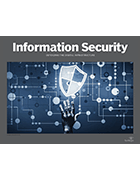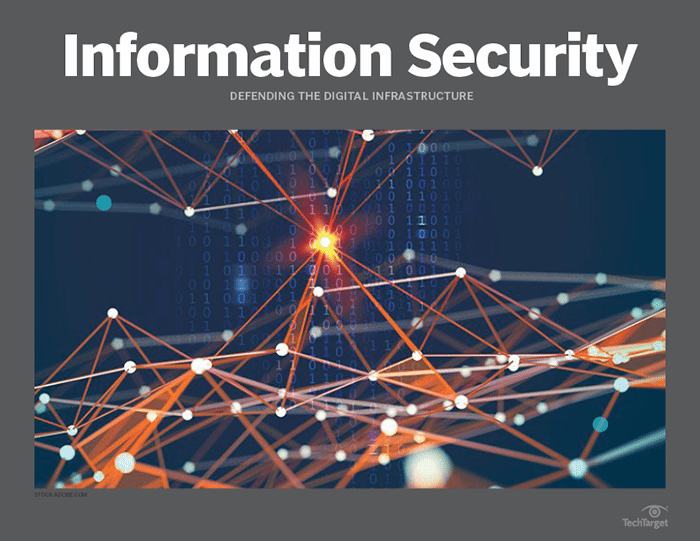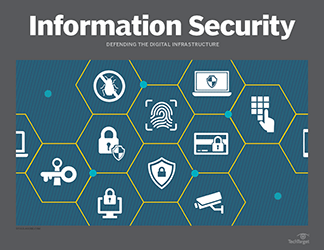Information Security
- Editor's letterAI in cybersecurity ups your odds against persistent threats
- Cover storyAI in security analytics is the enhancement you need
- InfographicCOVID-19 cybersecurity data shows rising risk during remote pivot
- Feature5 steps to get IoT cybersecurity and third parties in sync
- ColumnCybersecurity for remote workers: Lessons from the front
- ColumnWeighing the future of firewalls in a zero-trust world
COVID-19 cybersecurity data shows rising risk during remote pivot
When enterprises quickly pivoted to remote work during the pandemic, it prompted a wave of new threats while also widening existing gaps in cybersecurity postures.It's no exaggeration, and it might even be an understatement, to say that the COVID-19 pandemic forced an overnight transition to remote work for millions of workers. Even as some enterprises begin bringing staff back on site, an August 2020 Gallup poll found that one in four U.S. workers continues to work entirely from home. The shift has been just as jarring for security pros, who are trying to manage a horde of newly remote users -- and their potentially dangerous digital behaviors -- while also getting their bearings in the rapidly evolving threat landscape. New COVID-19 cybersecurity data suggests that the challenges these security teams face are considerable and are not going away anytime soon.
"The more homebound employees struggle to access data and systems, the more they will attempt to use risky work-arounds," cautioned cybersecurity experts at McKinsey & Company. "Cybersecurity teams will need to secure work-from-home systems and test and scale VPNs and incident-response tools. In addition, they may wish to revisit access-management policies so that employees can connect to critical infrastructure via personal devices or open, internet-facing channels."
Learn more by diving into recent COVID-19 cybersecurity data in the infographic below.
